One Stop Systems (OSS) introduced the Gen 5 short-depth server (SDS) for AI computing at the SC23 high-performance computing conference. This powerhouse is equipped with four PCIe NVIDIA H100 Tensor Core GPUs and is designed to cater to the escalating needs for robust AI Transportables at the edge. The server’s architecture is a leap forward, offering twice the bandwidth of its Gen4 predecessors, marking a milestone in OSS’s history of innovative AI computing solutions.
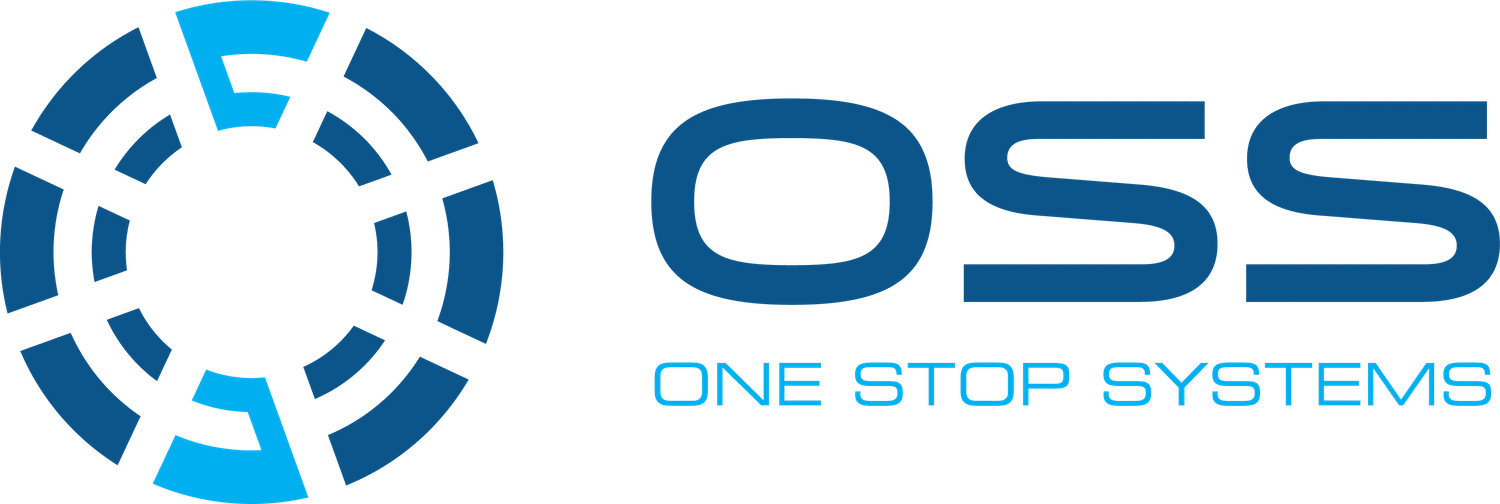
The Gen 5 SDS is a hyperconverged data center class server that supports up to five GPUs and 16 NVMe storage drives. OSS touts this rugged server as a low latency, high bandwidth PCIe scale-out expansion system with performant SAN and NAS storage software and 400Gbps networking.
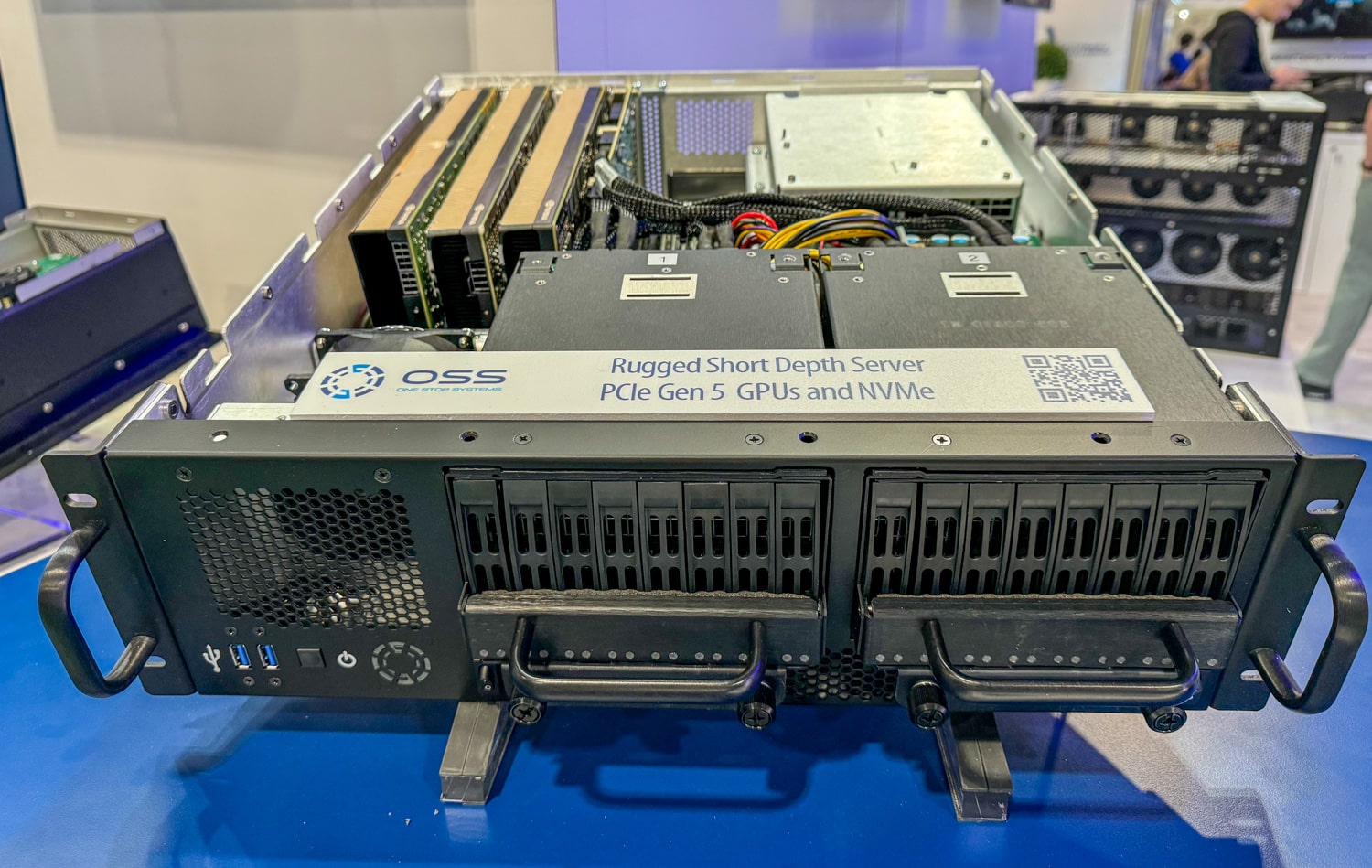
The system includes secure system management, monitoring, and control. These features allow a ruggedized single short-depth server platform to bring the compute power of the data center to the edge to deliver high-performance AI inferences of up to 35 simultaneous AI workloads, high-speed transportable data recorder/logger with hot-swap drive packs with up to 1 petabyte capacity, or a rugged SAN or NAS data storage unit. Other Gen 5 SDS features include:
- Tyan Tomcat HX S8050 motherboard
- Supports 1S AMD EPYC 9004 series processors
- 20″ depth
- 2x internal PCIe 5.0 M.2 boot drives
- 8 or 16 U.2/U.3 SATA/SAS/NVMe drives
- Up to 5 x16 PCIe 5.0 expansion slots
- U-BMC system monitoring
- Air-cooled or liquid-cooled configurations
- Guaranteed to operate with all OSS expansion products
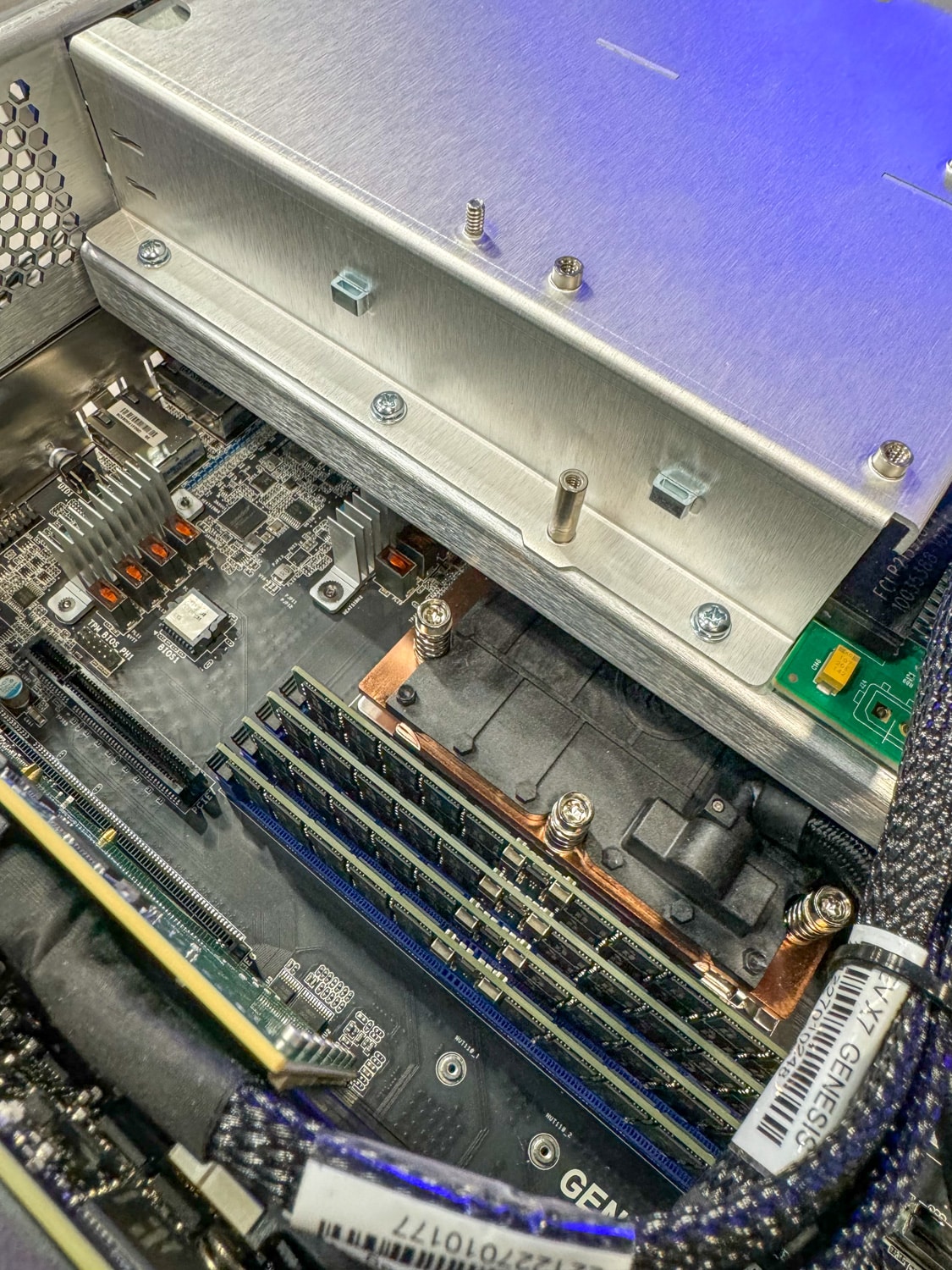
Mike Knowles, the President and CEO of OSS, highlighted the server’s breakthrough performance. The Gen5 server is not your ordinary edge AI infrastructure; it stands apart with its data center-class processing speeds, advanced input/output capabilities, high-end networking, and top-tier storage technologies while meeting stringent military specifications.
Gen 5 SDS Specifications
| Configurations | |
| GPUs | Full Height, Full Length |
| Regulatory | RoHS 3, WEEE |
| Storage Humidity | 5% to 90% non-condensing relative humidity, max dew point 27°C, max rate of change 5°C/hr |
| Storage Temperature | -40°C to 70°C (-40°F to 158°F) |
| Operational Altitude | 0 to 3,000m (10,000ft) altitude |
| Operational Humidity | 5% to 90% non-condensing relative humidity, max dew point 21°C, max rate of change 5°C/hr |
| Operating Temperature | -20°C to 50°C (-4°F to 122°F) |
| Power Consumption | |
| Power Supplies | |
| Link Speed | Up to 256 GB/s |
| Fan Filters | Yes |
| Hold-Down Bar | Yes |
| Cooling | (6) 40x56mm and (1) 80x38mm high powered fans mount behind front bezel and cool add-in-cards up to 300w |
| Weight | 45lbs |
| Construction | Aluminum |
| Size | 5.2″ H x 17.2″ (19.2″ with rack ears) W x 20.0″ D |
| Main Storage | 12Gb SAS-3 or 6Gb SATA-3 SFF-8680 slots, NVMe x4 32Gb slots |
| Ethernet | 2x RJ45 10GBE Ports from Intel® 1210-AT, 1 x RJ45 Dedicated IPMI LAN port from RTL8211E |
| USB | 2x USB 3.2 |
| Slots | 5x PCIe 5.0 x16 FH, 10.5″ length slots |
| Memory | 8x DDR5 4800/4000 RDIMM slots per CPU socket, Up to 2TB RDIMM/3DS RDIMM DDR5 4800/4000 memory, 8 Memory Channels, 1.1V DIMMs |
| CPUs | AMD EPYC™ 9004 (Genoa) Series Processors up to 400W TDP |
In terms of versatility, the server is unparalleled. It’s designed to tackle a variety of high-stake missions, from conducting AI inference on multiple workloads simultaneously to operating as a high-speed transportable data recorder. The new Gen 5 SDS can be used in a wide range of edge applications for sensor fusion, signal processing, and data acquisition to autonomous trucks, submarines, aircraft, and mobile data centers.
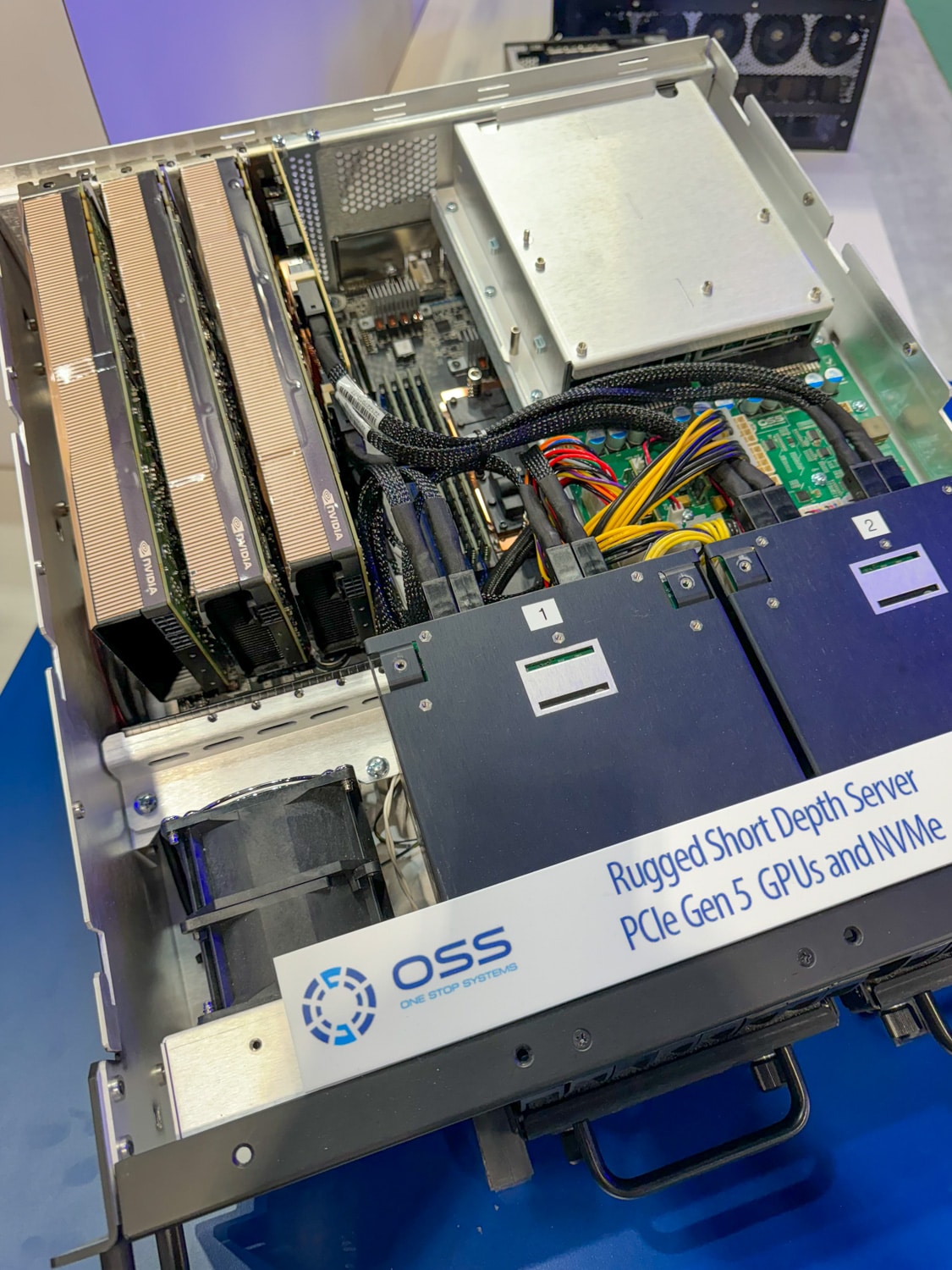
AI Transportable edge applications require cooling and power flexibility. The SDS Gen 5 platform delivers configuration flexibility with air cooling, self-contained liquid cooling, or liquid-assisted external heat exchanger cooling options. These configurations support systems operating in various temperature environments, from standard air-cooled racks to extreme environments like vehicle trunks. Power options include vehicle-rated alternating current and direct current inputs for land, sea, or air use.
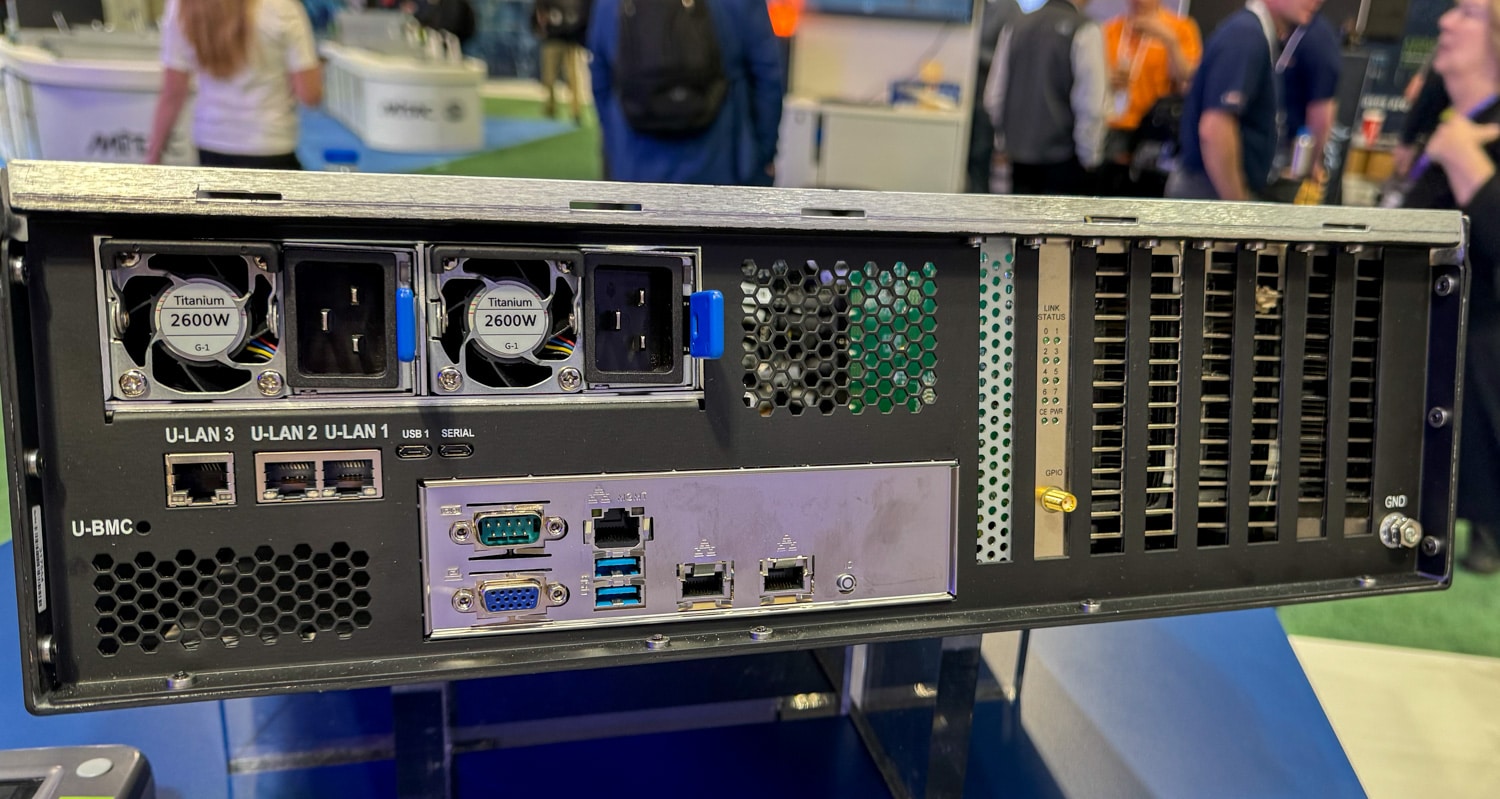
Additionally, the server is hardened with OSS’s proprietary Unified Baseboard Management Controller (U-BMC) software, enhancing system management through dynamic fan speed control and system monitoring via an Intelligent Platform Management Interface (IPMI). This allows for a unified systems management experience, mainly when using multiple OSS products for varied applications such as data storage and autonomous vehicle compute.




 Amazon
Amazon